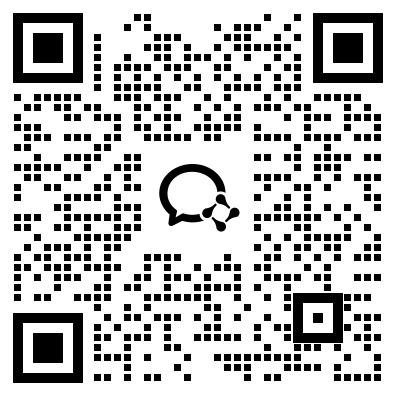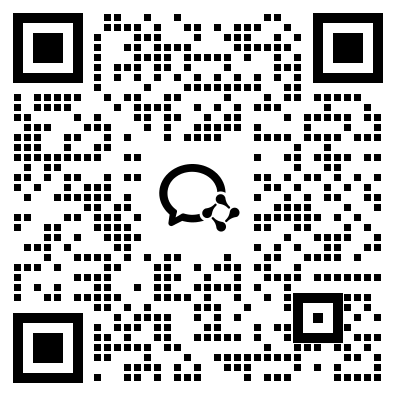Venice Right-of-Way, 1955|城市规划数据集|历史照片数据集
收藏Mendeley Data2024-05-21 更新2024-06-27 收录
下载链接:
https://digitallibrary.usc.edu/asset-management/2A3BF1OPACMAF
下载链接
链接失效反馈资源简介:
14 images. Venice Right-of-Way, 27 May 1955. Venice Boulevard right-of-way near La Brea Avenue; View of cars parking in right-of-way in Mar Vista; Right-of-way near La Cienega Boulevard; Flower stand at Venice Boulevard and Sepulveda Boulevard on right-of-way.; Caption slip reads: "Photographer: Mack. Date: 05-27. Reporter: Dunn. Assignment: Venice Right-of-Way picture. 1/2: View of right-of-way in Culver City being used as a new and used car dealer lot. Note: I understand this has been leased under legal contract and the area has been surfaced with asphalt. It does not present an eyesore. 25/26: View of cars parking in right-of-way in Mar Vista. Note: Store owners are all for this type of parking as it takes car off the streets. 9/10: Automobiles using right-of-way near La Cienega as a parking area, by driving over the curbing. 55/56: Large and small billboards on Venive right-of-way near La Brea. 3-4, 21-22: Views of house being moved and temporarily stored in right-of-way at La Brea. 71/72: Flower stand at Venice and Sepulveda, on right-of-way. For A Monday".
创建时间:
2024-05-17



